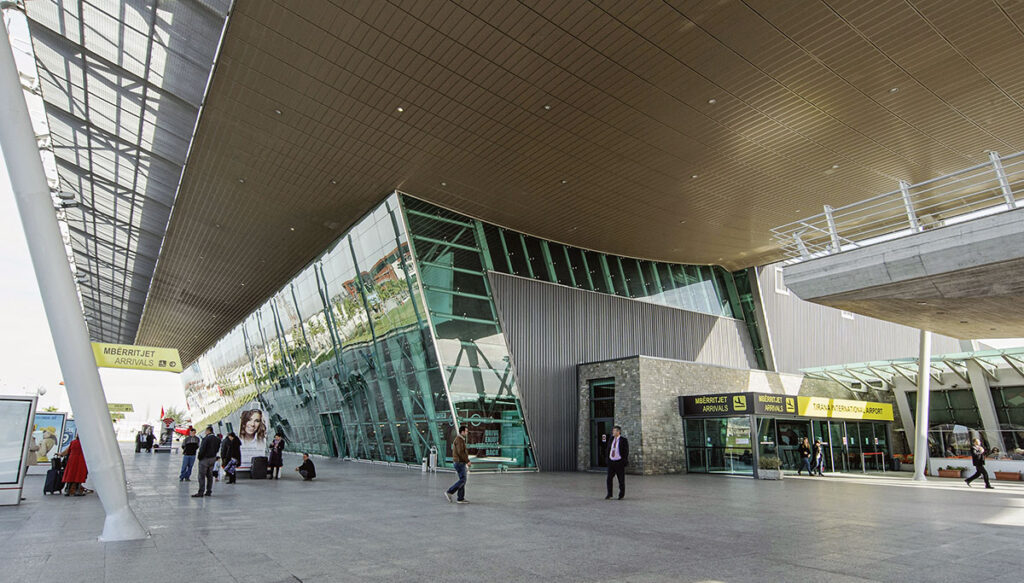A Detailed Exploration of Urban Mobility Choices
When it comes to urban transportation, the demand for reliable and efficient travel options has reached unprecedented heights. While hailing a traditional taxi has been the tried-and-true solution for many years, the advent of apps and technological advancements has given rise to the popularity of car-sharing services. While both options provide convenient transportation, each caters to distinct needs and preferences. This blog post delves into the intricacies of both mobility solutions, elucidating the strengths and weaknesses to identify the superior choice.
<style>/*! elementor - v3.19.0 - 28-02-2024 */.elementor-widget-image{text-align:center}.elementor-widget-image a{display:inline-block}.elementor-widget-image a img[src$=”.svg”]{width:48px}.elementor-widget-image img{vertical-align:middle;display:inline-block} 
Cost Efficiency
Car-sharing services have gained acclaim for their cost efficiency, allowing users to pay for the precise time they utilize a vehicle. In contrast, taxis often impose higher metered rates, additional surcharges, and unpredictable pricing during peak hours. The transparency and predictability of the pricing structure in car-sharing services make them an economically sound choice for daily commuting. Businesses benefit from detailed usage reports, enabling them to closely monitor expenses and identify cost-saving opportunities more effectively than with traditional taxi services.
Convenience, Safety, and Accessibility
Car-sharing platforms, predominantly accessible through mobile apps, provide users with seamless options to locate, book, and unlock vehicles. This level of convenience surpasses traditional taxi services, eliminating the need to wait for a cab or grapple with uncertain availability. Although ride-hailing services like Uber are also bookable through apps, they have faced challenges related to driver safety in recent years, including reported incidents of assaults and harassment during rides. Car-sharing ensures a private and secure ride, with users taking control as the drivers of the vehicles.
Flexibility and Choice
Flexibility is the ultimate goal in mobility, and car-sharing excels in providing users with the freedom to choose from a diverse array of vehicle types that suit their specific needs. Whether it’s a compact car for a quick errand or a spacious SUV for a family road trip, car-sharing platforms offer options that traditional taxis struggle to match. The convenience extends beyond spontaneous rides, as users can plan by booking a car in advance, guaranteeing availability precisely when needed. This proves particularly advantageous for businesses, offering the convenience of a private car without the hassles of maintaining a fleet.

In the future of urban mobility, the coexistence of taxis and car-sharing seems likely, catering to different segments of the market. Despite traditional taxis being a staple of urban transportation for decades, the undeniable shift towards modern alternatives like car-sharing is reshaping the landscape. From a cost-effective and eco-friendly perspective for consumers to streamlined fleet management and cost control benefits for businesses, car-sharing emerges as the clear winner. Embracing the efficiency and sustainability of car-sharing services is not merely a trend but a strategic choice for both individuals and businesses.






